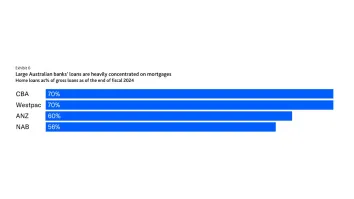Philippines’ population size fuels digital banking interest
Digital banks are driving financial inclusion in the Philippines.
In the Philippines, digital banks are making substantial strides toward financial inclusion, expanding access to banking services for both the underserved and the traditionally banked, according to Manu Panda, Chief Operating Officer of Maya, a digital bank in the Philippines.
With six digital banks licensed in recent years, nearly 45% of newly opened accounts in the past year came from digital banks.
“Banks like Maya…have made the access to credit much more simpler,” Panda said, adding that digital banks provide a “delightful alternative” to those in the “unhappily banked” segment. Many Filipinos who were previously limited to traditional banking are now finding convenience and simplicity through digital banking platforms.
The digital banking sector in the Philippines is poised for growth, driven by factors like population size, economic stability, and a regulatory environment conducive to innovation.
“Post-pandemic, it has generated a lot of interest,” Panda noted, highlighting that the Philippines, as ASEAN’s second-largest country, has consistently achieved a 5-6% GDP growth rate.
Regulators have recently lifted the moratorium on new digital banks, opening the way for four new digital banks to launch next year. This move underscores the demand for digital banking in a market that remains underserved, particularly among the micro, small, and medium enterprise (MSME) community, which currently receives only 6% of bank credit.
Despite challenges such as inconsistent internet access and a developing national ID system, the Philippines has made considerable progress. The country’s financial inclusion rate has risen to 65%, while digital payments now account for over 53% of retail transactions.



















 Advertise
Advertise









Commentary
Why APAC banks must rethink their approach to the cost reduction challenge
Thailand backs major conglomerates for digital banks but risks stifling innovation